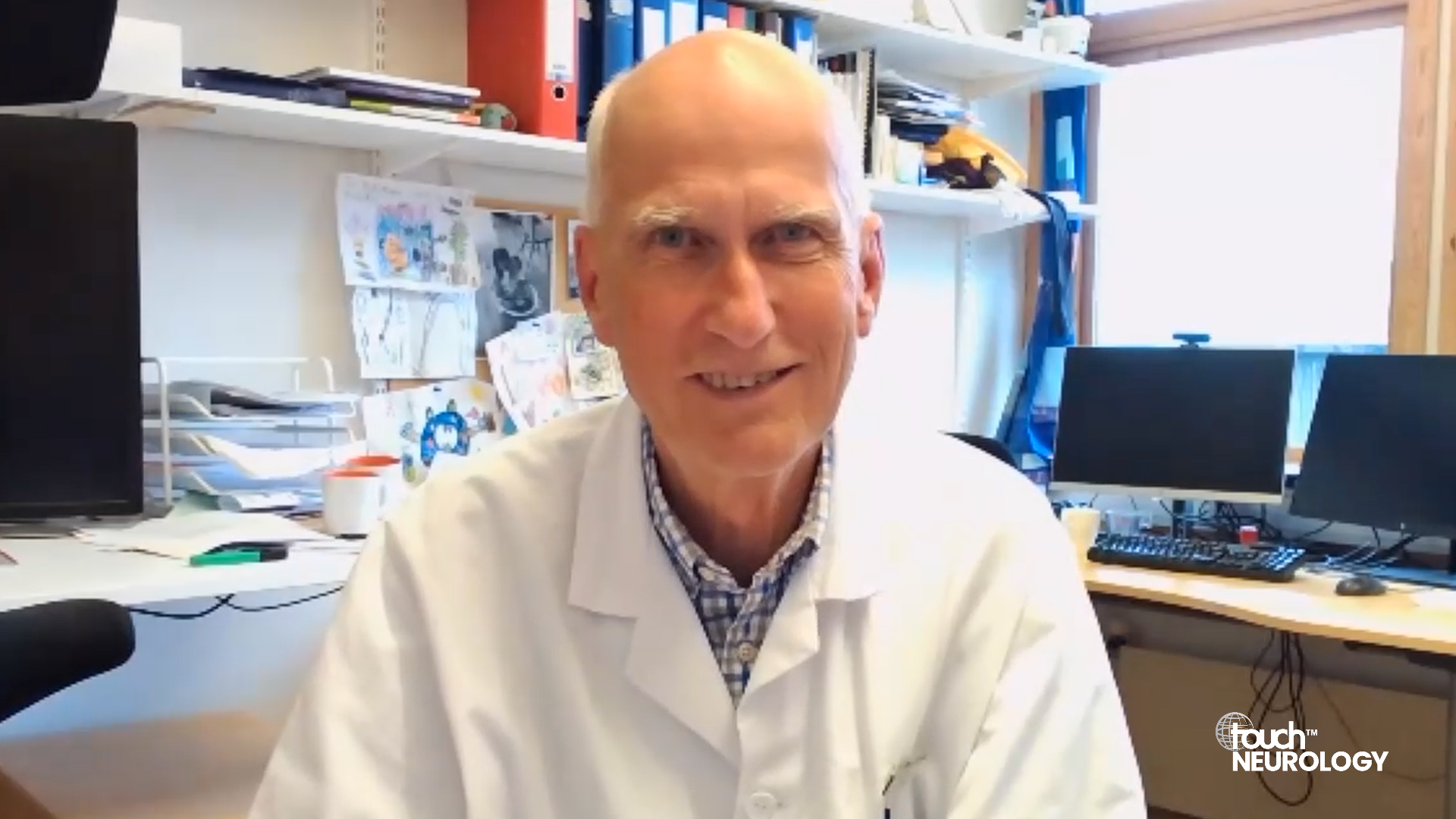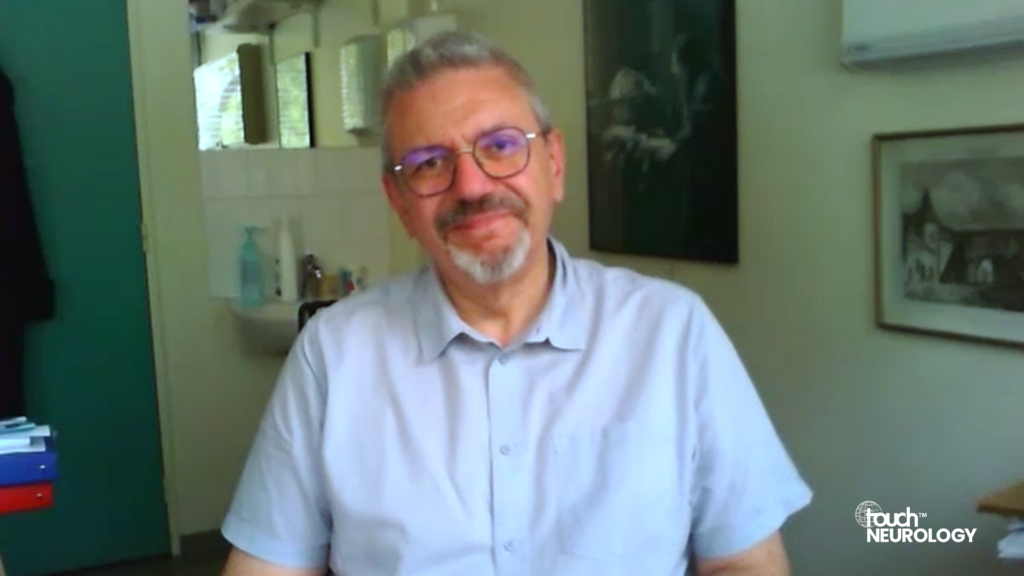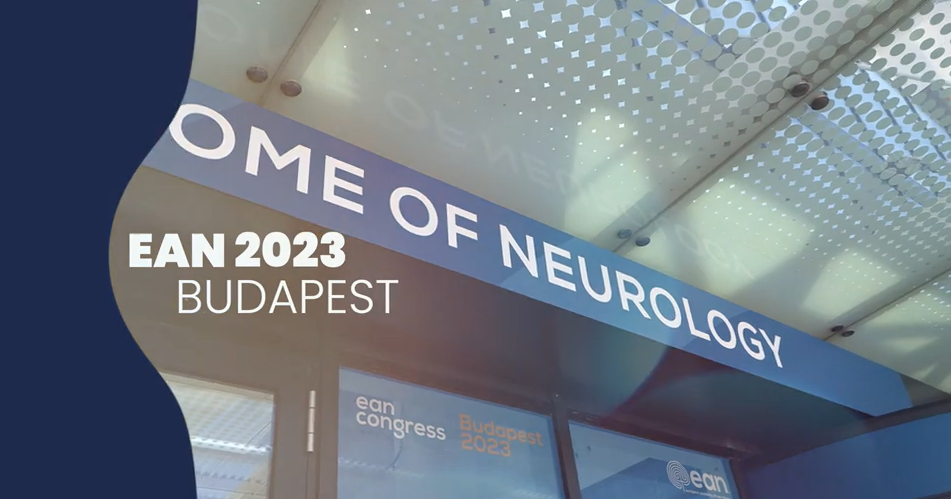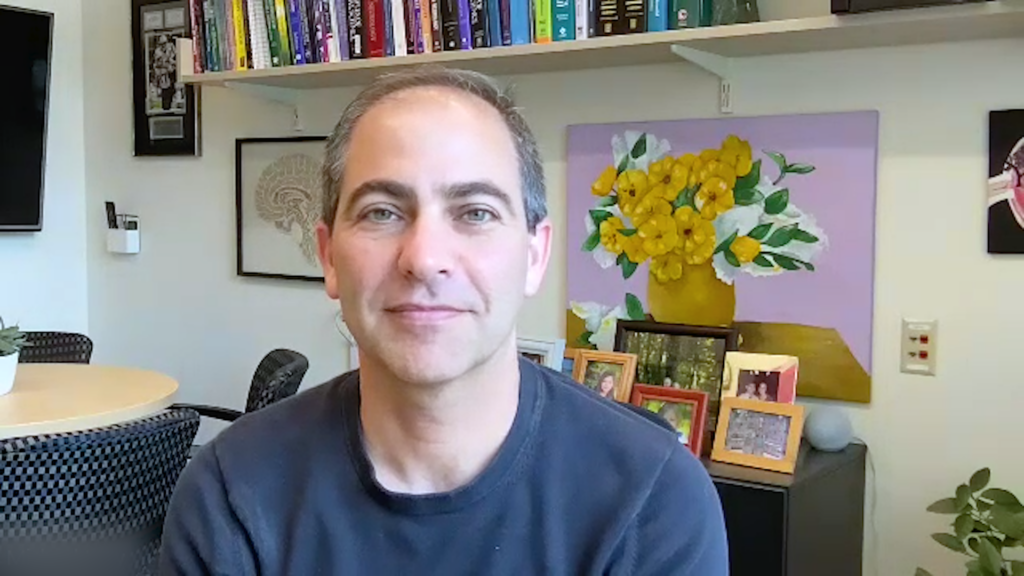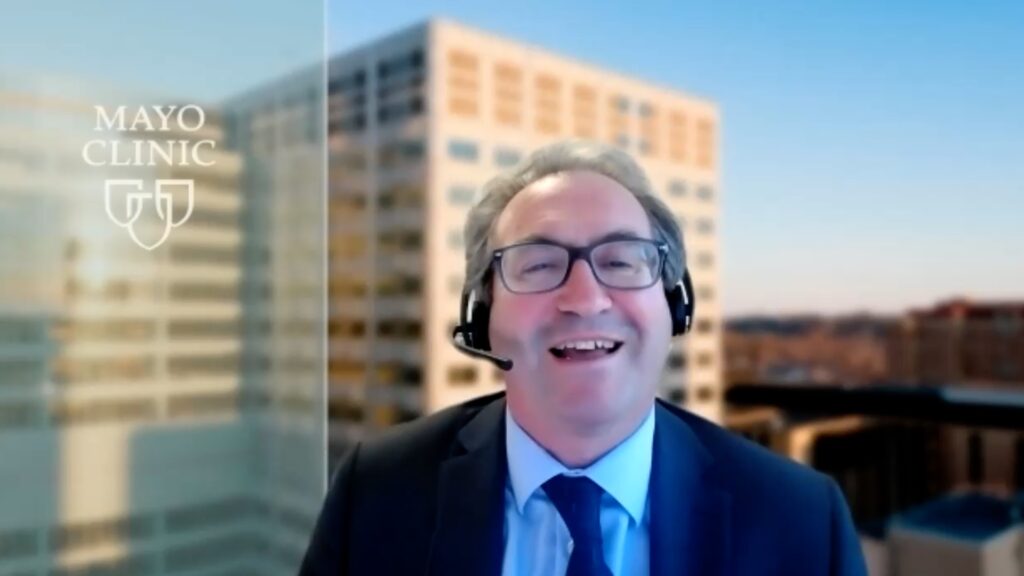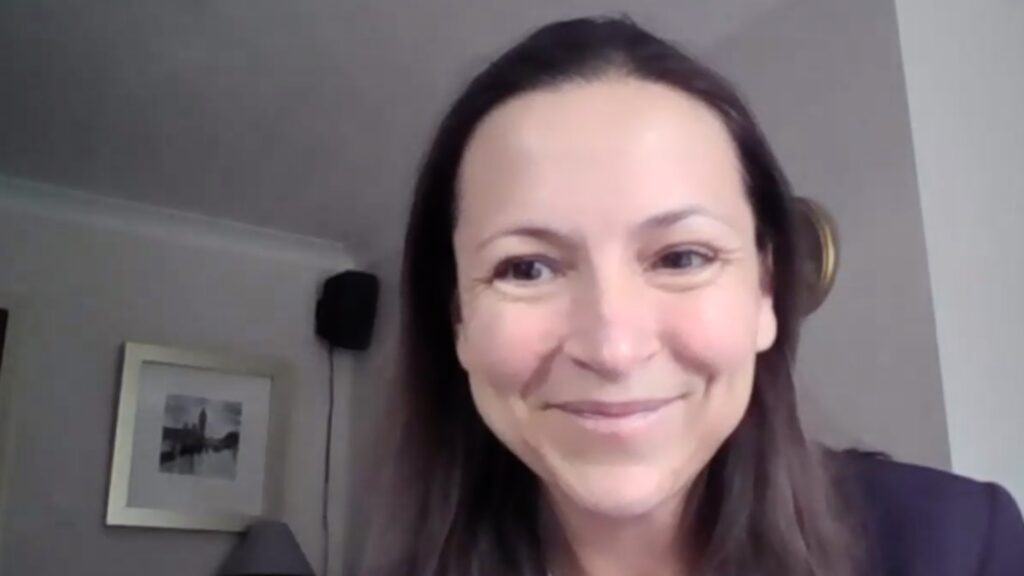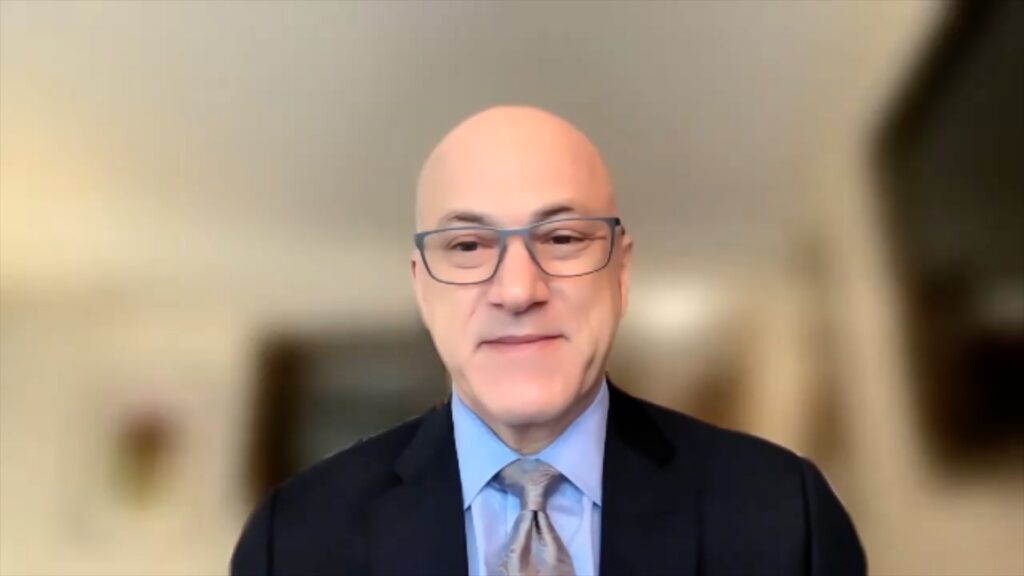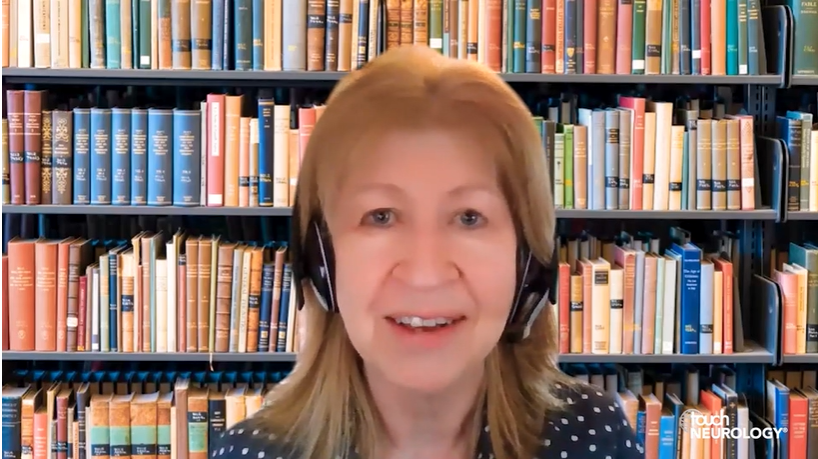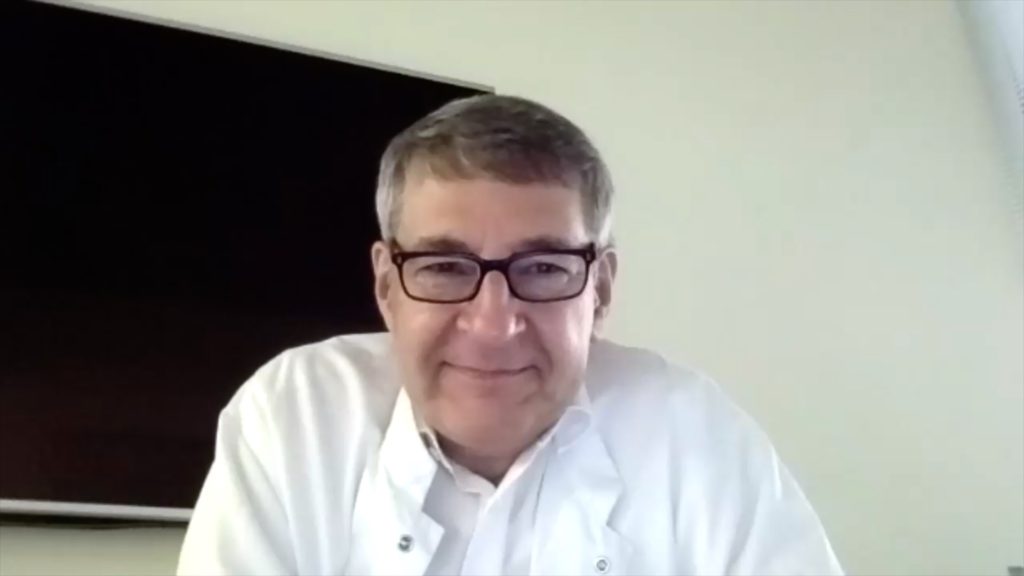The CHAMPION-NMOSD trial (NCT04201262) is a global, open-label, multicentre, phase 3, externally controlled study of ravulizumab in adults with anti-aquaporin-4 antibody-positive neuromyelitis optica spectrum disorder (NMOSD). In this touchNEUROLOGY interview, we caught up with Prof. Sean Pittock (Mayo Clinic, Rochester, MN, USA) to discuss the unmet needs in the treatment and management of NMOSD, and the phase 3 study investigating the use of ravulizumab for NMOSD, the primary outcome measures, and adverse event and safety findings.
The abstract entitled ‘Efficacy and safety of ravulizumab in adults with anti-aquaporin-4 antibody-positive neuromyelitis optica spectrum disorder: outcomes from the phase 3 CHAMPION-NMOSD trial‘ (Abstract #O051) was presented at ECTRIMS, 38th Congress of the European Committee for Treatment and Research in Multiple Sclerosis, 26 – 28 October 2022, Amsterdam, the Netherlands.
Questions:
- Could you give us a brief overview of neuromyelitis spectrum disorder (NMOSD) and the unmet needs in its treatment? (0:29)
- What is the rationale for the use of ravulizumab in the treatment of NMOSD, and what are its advantages over eculizumab? (1:42)
- What were the aims and design of the CHAMPION-NMOSD study? (3:39)
- What were the primary outcome measures and how well were they achieved? (4:39)
- What were the adverse events and safety findings of the study? (5:35)
Disclosures: Prof. Sean Pittcock is a consultant for, and receives personal compensation from Roche/Genentech, UCB, Arialys Therapeutics, Sage Therapeutics; is a consultant for and receives compensation to the Mayo Clinic from Alexion, MedImmune/Viela Bio, and Astellas; receives grant/research Support from Alexion, MedImmue/Viela Bio/Horizon, Grifols, NovelMed, Genentech/Roche, and NIH; is on the advisory board for, and receives compensation to the Mayo Clinic from Alexion, Roche/Genentech; and is on the advisory board for and receives personal compensation from UCB, and Horizon Therapeutics.
Support: Interview and filming supported by Touch Medical Media. Interview conducted by Katey Gabrysch.
Filmed as a highlight of ECTRIMS 2022

